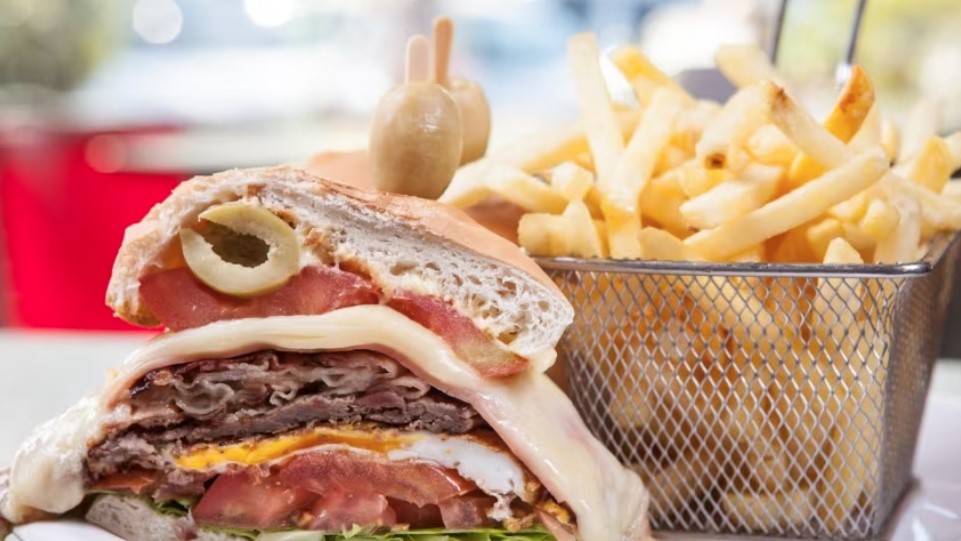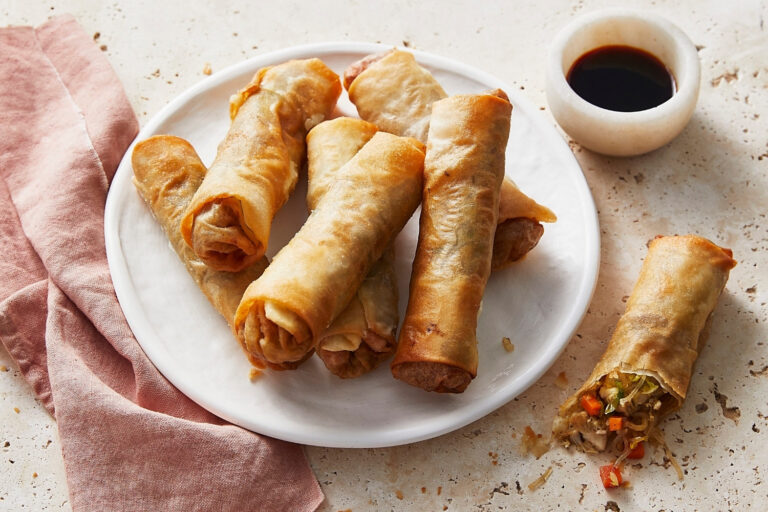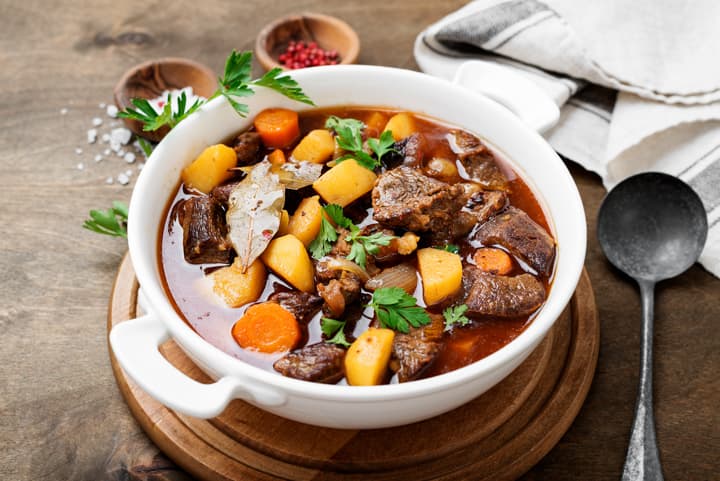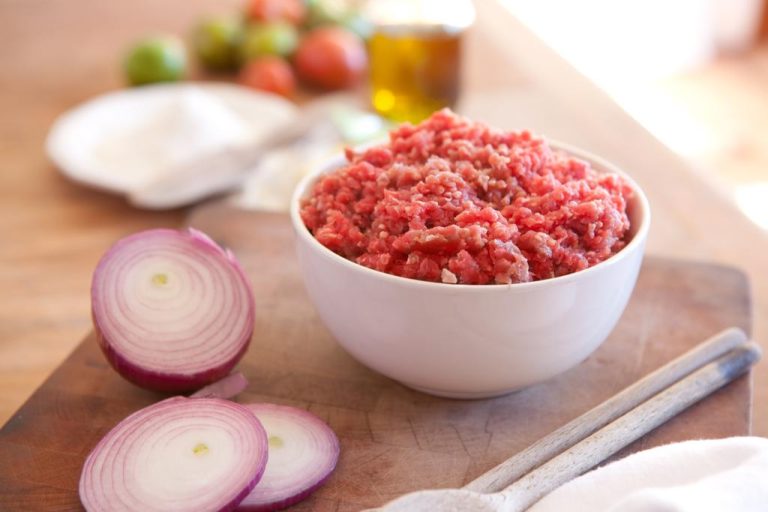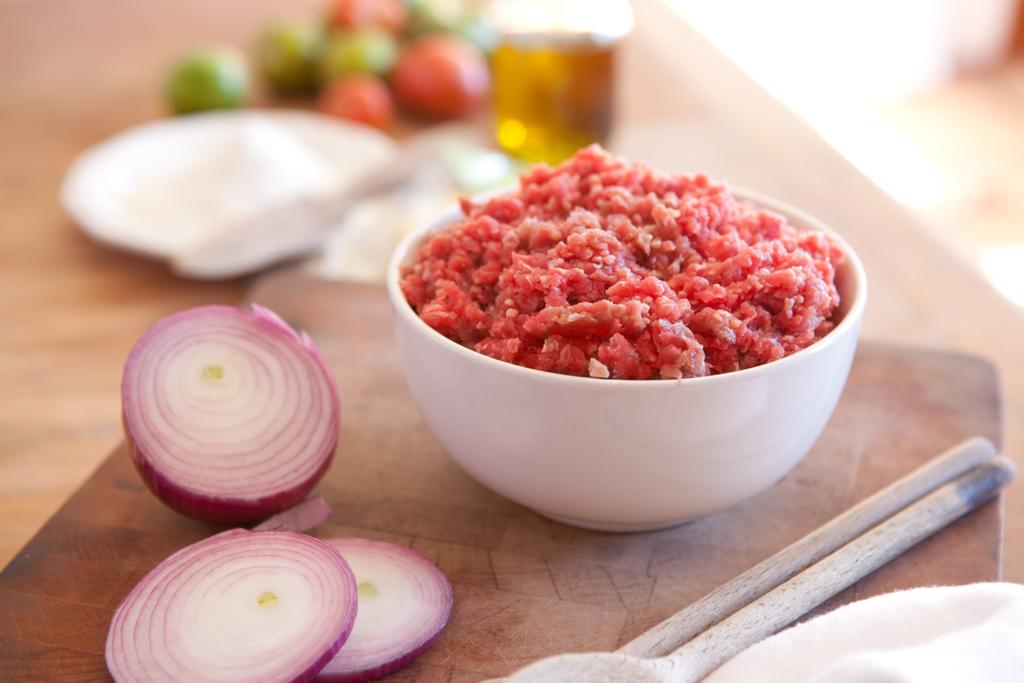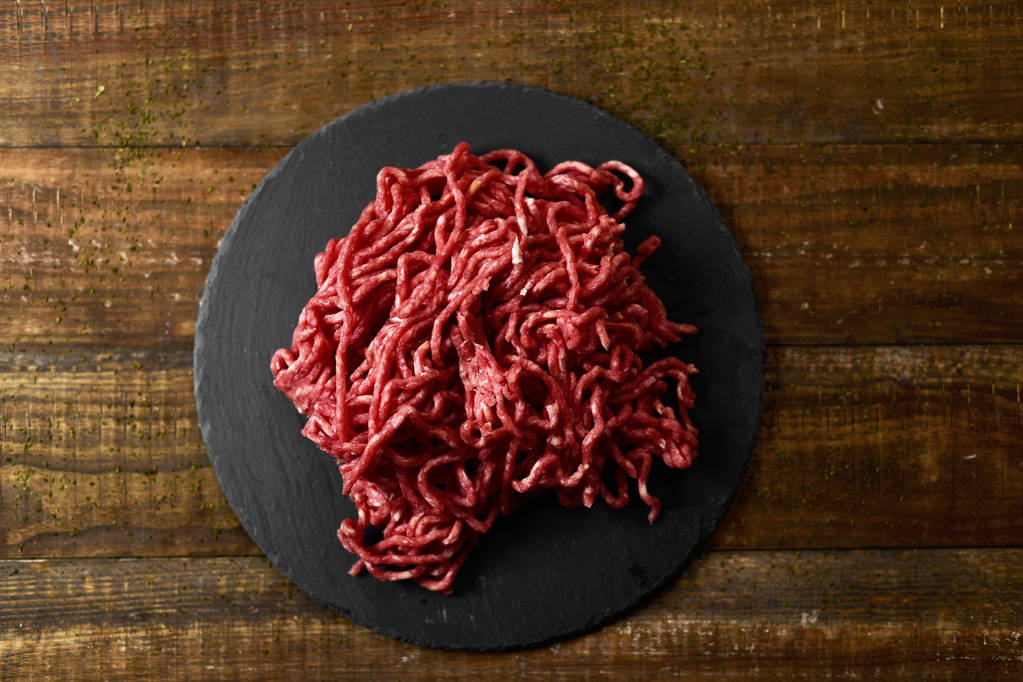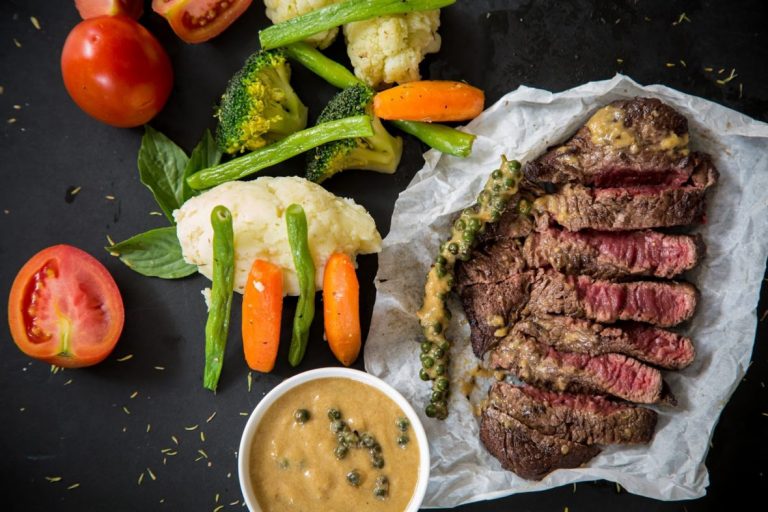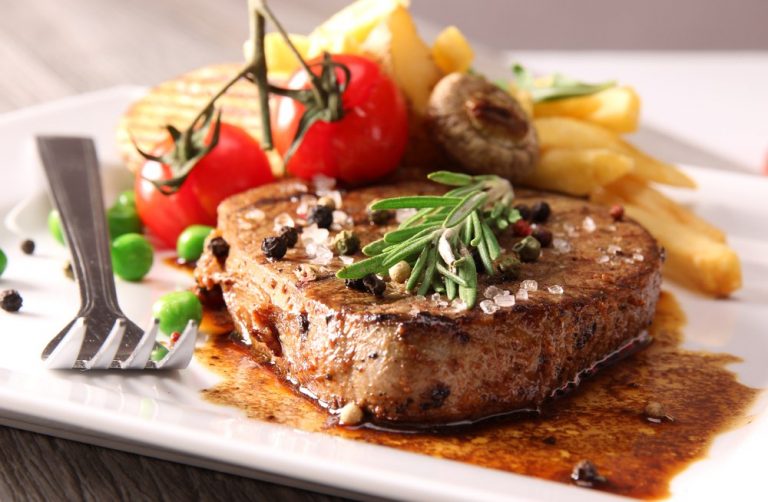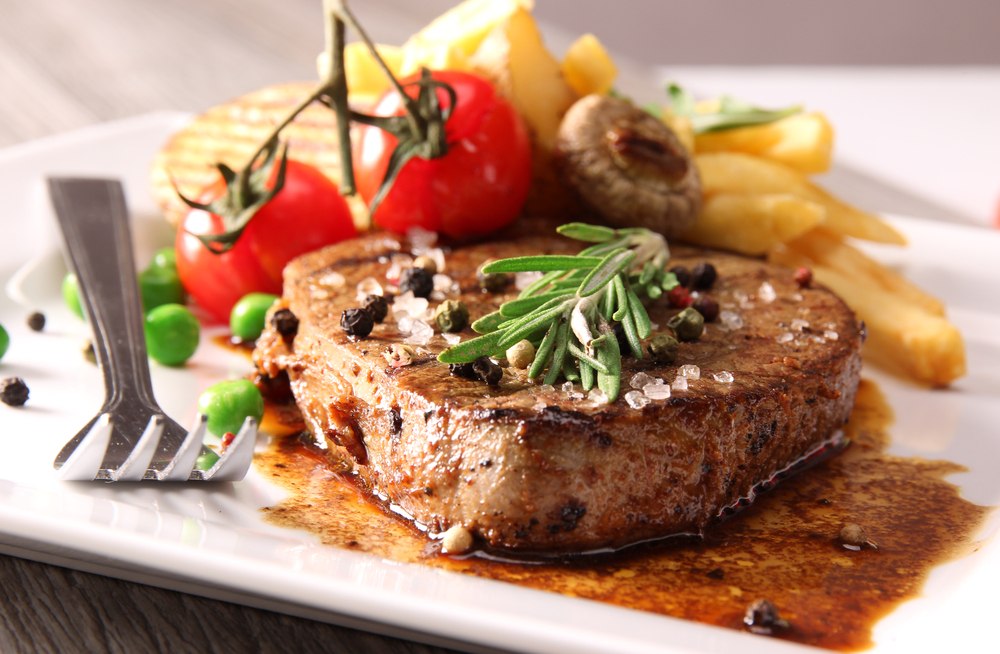Introduction: Beef in Uruguayan Cuisine
Beef is a fundamental part of Uruguayan cuisine, culture, and economy. Uruguay has long been known for its high-quality beef, which is considered one of the best in the world. The country’s rich grasslands provide ideal conditions for raising cattle, and Uruguayans have developed a deep appreciation for the taste and versatility of beef.
The Importance of Beef in Uruguayan Culture
Beef is deeply ingrained in Uruguayan culture. From traditional asados (barbecues) to family dinners and special occasions, beef is the centerpiece of many meals. In fact, Uruguayans consume more beef per capita than any other country in the world. Beef is also a symbol of national pride, with many Uruguayan farmers and ranchers dedicating their lives to producing high-quality beef for domestic consumption and export.
Traditional Beef Dishes in Uruguay
Uruguay has a rich culinary tradition that revolves around beef. Asados are the most iconic Uruguayan dish, featuring various cuts of beef cooked over an open flame. Other popular dishes include milanesas (breaded beef cutlets), chivitos (steak sandwiches), and parrilladas (mixed grill plates). Beef is often served with chimichurri sauce, a tangy mixture of herbs, garlic, oil, and vinegar that complements the rich flavor of the meat.
The Evolution of Beef Consumption in Uruguay
While beef has long been a staple of the Uruguayan diet, the country has seen a shift in consumption patterns in recent years. The rising costs of beef, combined with increased awareness of health and environmental concerns, have led many Uruguayans to reduce their beef consumption and seek out alternative protein sources. However, beef remains an important part of the national identity and a key component of many traditional dishes.
Beef Production and Export in Uruguay
Beef is a major contributor to Uruguay’s economy, accounting for more than 10% of the country’s total exports. Uruguay’s grass-fed beef is highly prized for its flavor and quality, and the country exports to more than 100 countries around the world. The government has implemented strict regulations and quality controls to ensure that all beef produced in Uruguay meets high standards for animal welfare, food safety, and environmental sustainability.
The Future of Beef in Uruguayan Cuisine and Economy
While beef consumption patterns may be shifting in Uruguay, the country’s beef industry remains a vital part of the economy and culture. Innovations in sustainable and ethical meat production, such as regenerative agriculture, may help to address some of the environmental concerns associated with beef production. As Uruguay continues to expand its global exports and diversify its culinary offerings, beef is likely to remain a prominent and celebrated ingredient in Uruguayan cuisine.

